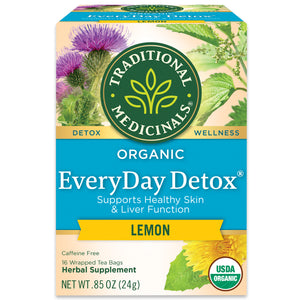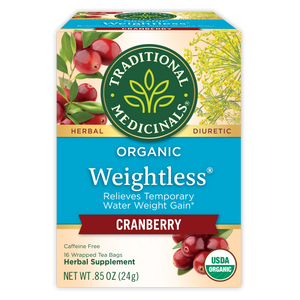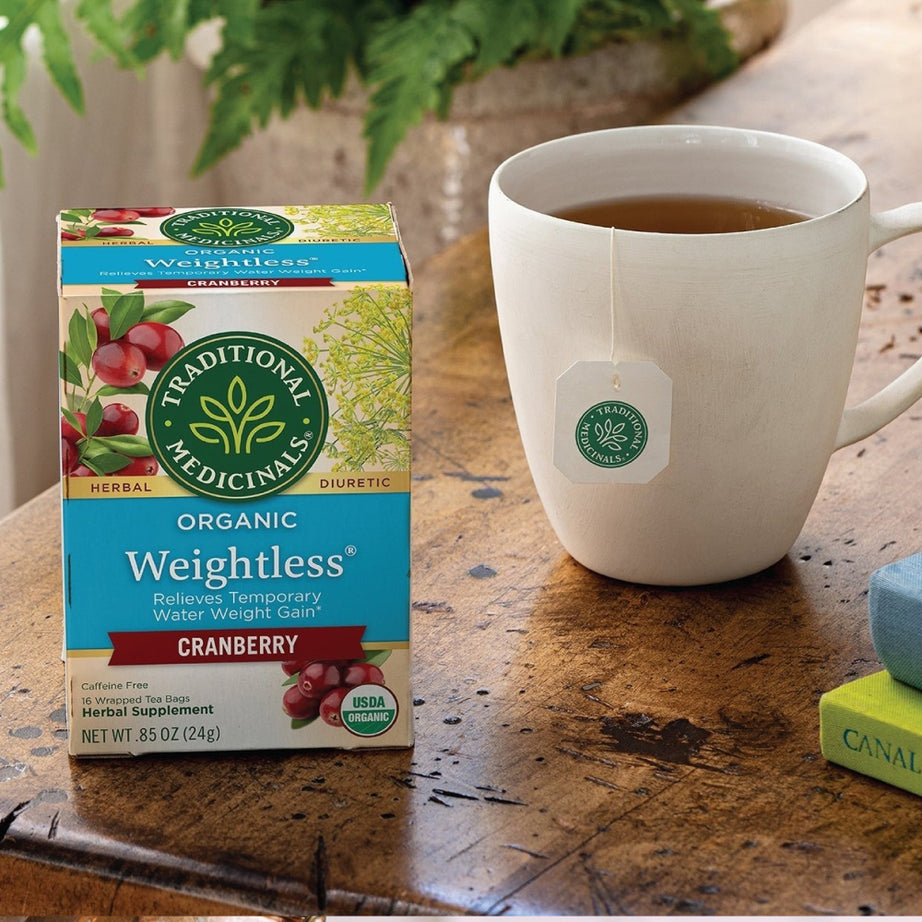
More Cleavers info
The Old English word “to cleave” means “to latch onto.”
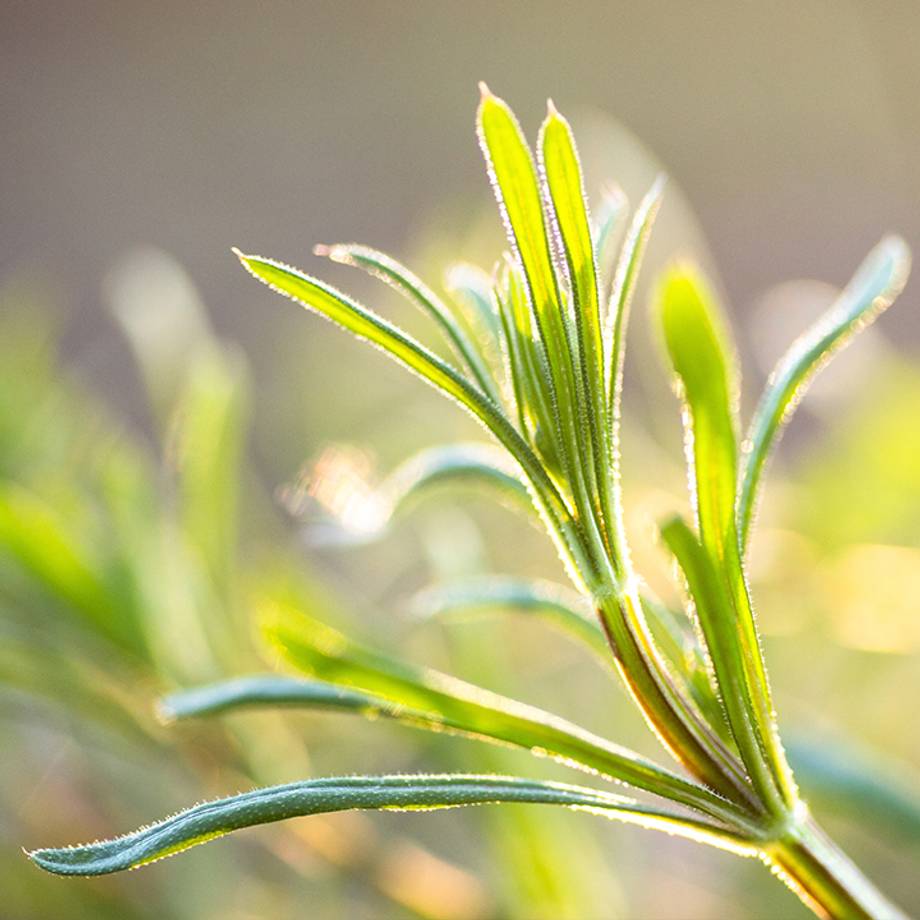
Cleavers is cherished by herbalists and carefully collected each spring to break up the stagnation of the earlier winter season. Folk herbalists traditionally use the herb for clearing heat and to stimulate lymphatic flow throughout the body. This verdant green is often picked fresh and preserved in tinctures and vinegars during the spring season.
Sometimes called “the back alley” of the circulatory system, the lymphatic system helps remove waste products from the blood stream and maintain the immune system. By taking herbs like cleavers, you can help support the lymph system’s natural detoxification of the body to get yourself back in the flow. Our herbalists formulate with cleavers to support elimination, lymphatic flow, and urinary tract health.* You can find it in our Weightless® Cranberry and EveryDay Detox® Lemon teas.
The springtime allure of cleavers has survived since the time of the ancients when healers praised cleavers for its ability to relieve temporary water retention. Prominent Romans such as physician Galen and philosopher Pliny the Elder celebrated cleavers for its ability to relieve temporary water weight gain, while Greek physician Dioscorides used it to help curdle and filter milk—a tradition that’s still alive and well in Sweden today.
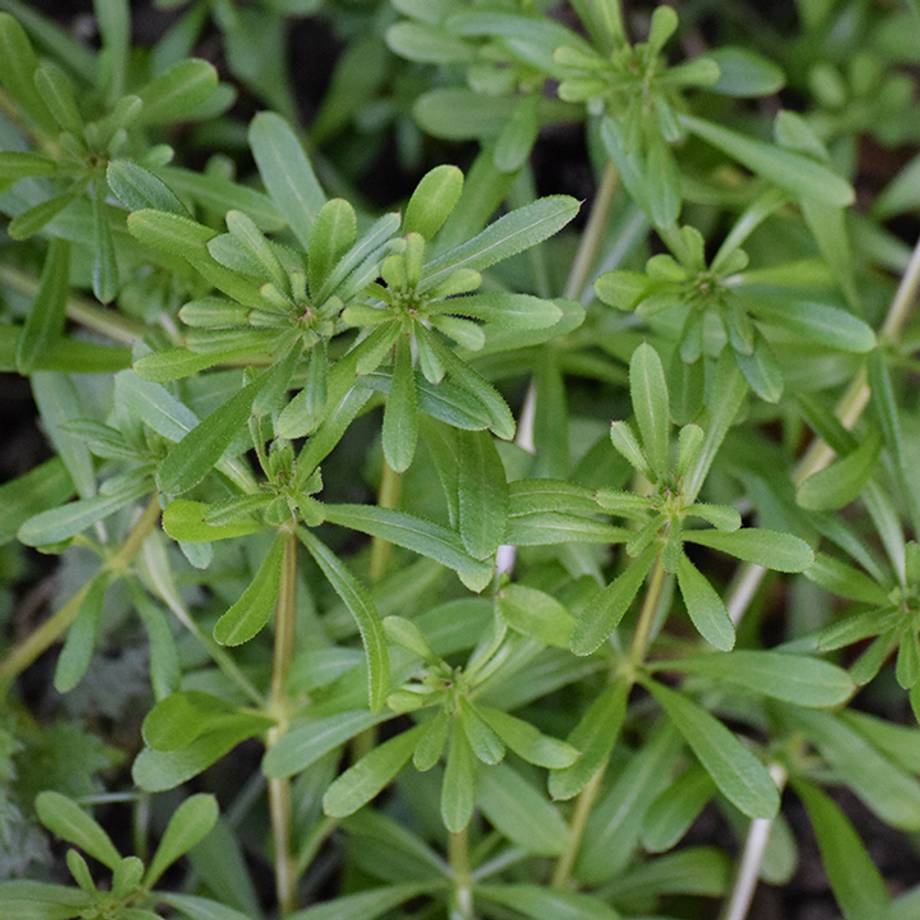
It was also commonly prepared as a poultice and applied topically to treat light wounds, burns, and skin irritations. And on a softer note, historically it’s called bedstraw in Europe for its dried use as a mattress pad or filling. The sticky stems easily cling together to create an even support system.
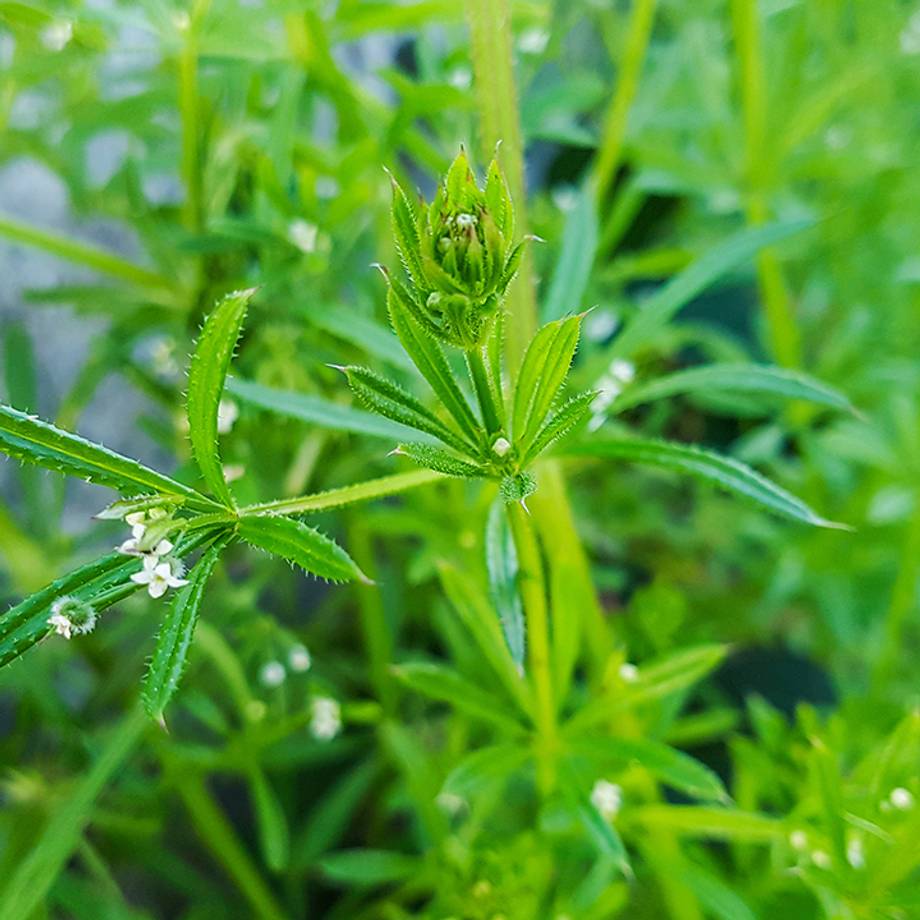
Cleavers is a tenacious annual, growing in dense mats in loamy, nitrogen-rich meadows, forests, thickets and along seashores in the temperate climates of Europe, Northern Africa, Asia, and North America. It thrives in deep woodlands and at the edges with sun or dappled shade. With its square-shaped stem and sticky hairs, it manages to stick to whatever passes by, earning it memorable nicknames like “velcro plant,” “grip grass,” and “catch weed.”
In fact, cleavers earned its name from the Old English word, “to cleave,” which means “to latch onto.” It’s an annual green that grows to about four feet tall and is generally harvested until June to August before it blooms and seeds. The plant forms leaves of eight into spirals, or whorls, and tiny white flowers. Here in California, cleavers pop up by the multitudes in the spring. While easy to ignore as you walk by, cleavers won’t let you forget it once it attaches itself to your pant leg.
Products that contain Cleavers
EveryDay Detox® Lemon Tea
Weightless® Cranberry Tea
Additional Information
Legal Disclaimer:
The information and other content in this article are designed to provide a general overview of the botany, cultural history, and traditional uses of this herb. It is not intended and should not be construed as health advice. Every person is unique and you should consult with your health care provider before using any herbal product or supplement.
Become an Herb Nerd & Get 10% Off!
Herbal tidbits, DIY plant projects, exclusive discounts, and recipes to follow the seasons delivered straight to your inbox.

